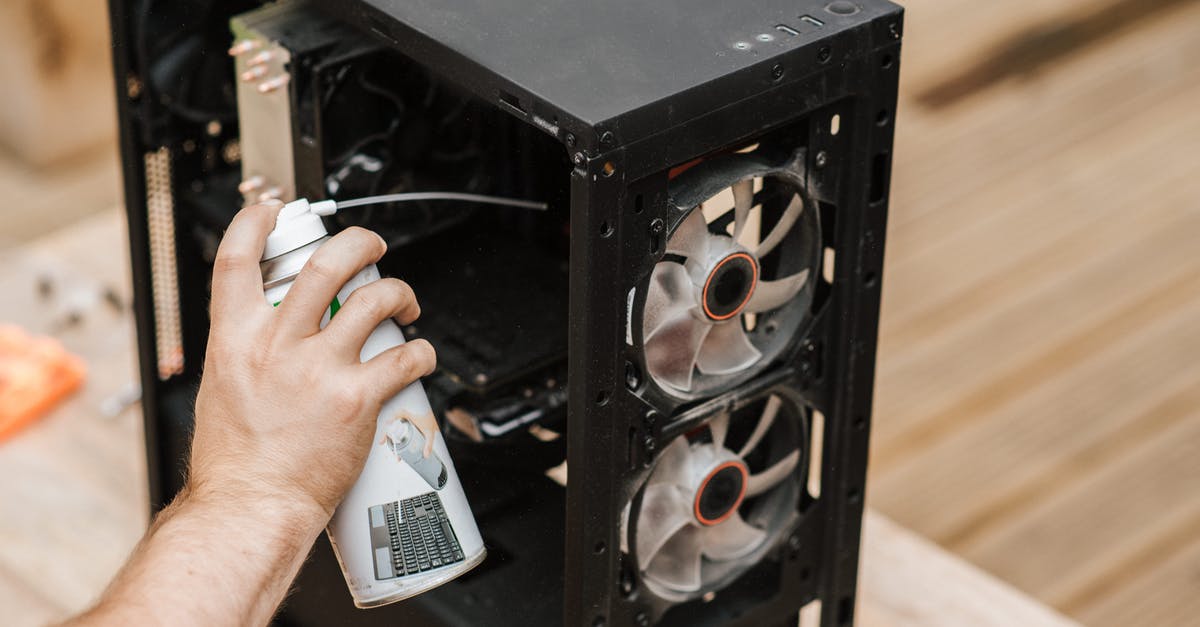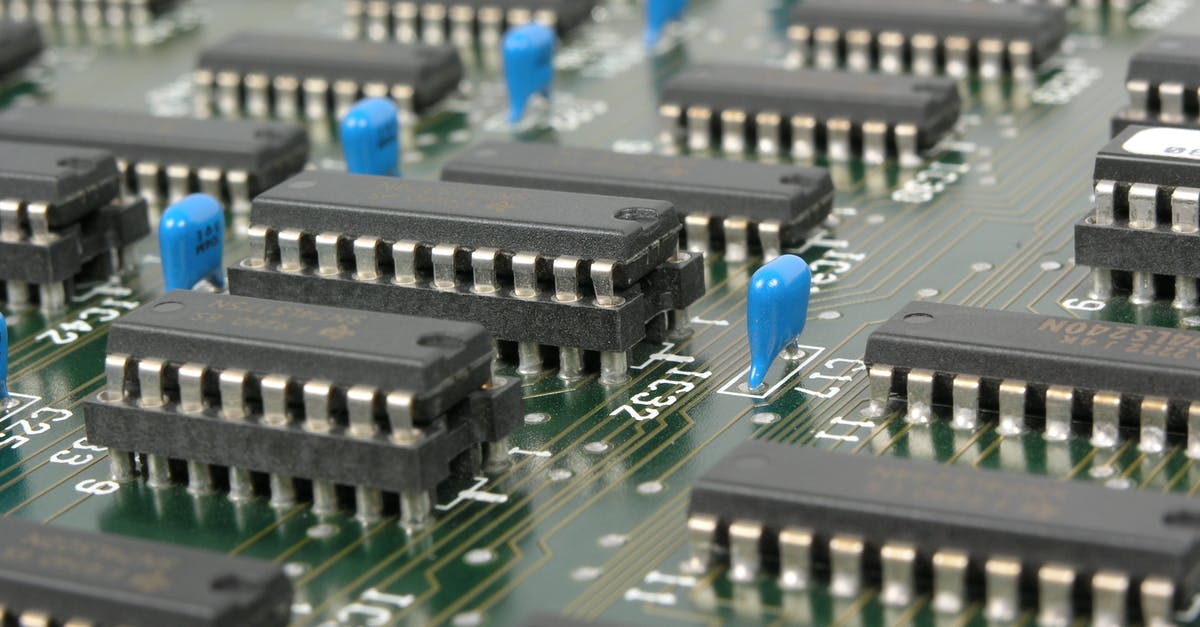How can I judge hardware against minimum and recommended specs?

While investigating graphics card benchmarks for a new PC, I noticed that some of the games I've been playing on my current laptop list minimum specificaitons on Steam that are considerably higher than its hardware.
It's packing an old Nvidia 635M graphics card, which has a 3D Mark score of 1070. Yet I've been able to play Xcom2, which lists a minimum requirement of a GTX 460 (a 3D Mark score of 3530, fully 3 times higher than my current card). And more recently it's run Battlefleet Gothic, which lists a minimum requirement of a GTX 560 (a 3D Mark score of 3939).
At the other end of the scale, the GTX 770 is a fairly common sight in the "recommended" specs of a lot of recent AAA games. That's got a 3D Mark score of 11190. Yet the replacement machine I've just ordered has a 970M card with a 3D Mark score of 10000 and comparison videos would suggest it's pretty much on a par with the 770 in spite of the lower score.
What's going on here, especially in terms of my old rig being able to run these modern games? Is there a lot more to graphics card performance than benchmark scores? I'm aware that minimum and recommended specs are at the whim of the developer and aren't held to any specific standard, but if there's so much variation in performance, how can people realistically judge what I can and can't run before buying?
Best Answer
OK, a few things that weren't covered in the other answer:
First of all, the specs suggested by a developer are pretty arbitrary. They can put whatever they want, and they will typically put something a bit higher than is strictly necessary to be sure that anyone with the minimum specs will run the game at an enjoyable graphics setting and frame rate. If you are willing to run the game at minimum graphics settings, a lower resolution (Although also not a rule in my experience the minimum specs assume 1080p and many laptops are lower resolution than that so it's likely you have been doing that without even realizing it) and at 30 fps you can get away with much lower system specs.
Secondly, it sounds like you looked up those 3D mark scores from a table instead of testing your own card? Not every GPU has an identical 3D mark score to other GPUs of it's type. Every individual GPU is different. 10000 to 11190 is only a 10% difference, it's possible that the people you saw using one on Youtube got lucky and ended up with one that performs above average, they had the same card but with more VRAM (many cards come in multiple versions with different amounts of VRAM, all other things the same more VRAM will increase the score a bit), they had a different non-reference (explained bellow) model of the same GPU with different clock speeds eg EVGA vs MSI or that you simply can't see the 10% difference in a Youtube video.
And finally, benchmarks are largely synthetic and do not always translate directly into game performance. The sort of calculations required vary between games, so while cards typically perform more or less in line with their benchmarks that is not always the case. Cards can be ranked differently based on different benchmarks as well, there are a few other big ones like Firestrike or Unigine Valley. The best way to be sure of a certain card's performance is to look up benchmarks of a certain game you want to play, they will try that particular game with different cards at different resolutions so you can see exactly how different cards stack up in a real world situation, you can not directly compare with synthetic benchmarks nor with VRAM amounts and clock speeds. However, keep in mind that although the GPU is the most important piece of the puzzle your CPU and system RAM can be quite important as well depending on the game so if possible find a benchmark that uses a similar processor and amount of RAM.
.
Now that I have answered the question I am going to talk a little about some general knowledge needed to understand different models of GPU, just in case something wasn't clear above or there is some background info that is currently unknown.
One thing that many people believe is that more VRAM is inherently better, and the GPU manufacturers know this and take advantage of it. It is not uncommon for a low to mid end card to be sold with 3 or 4gb of VRAM to make it sound better than it is, often times they even use DDR3 (normal computer RAM) instead of GDDR5 (specialized VRAM) when they do this. General rule of thumb is that a card with extra VRAM will be better than cards of the same model with less VRAM and sometimes will be better than or comparable to cards of one model up. Always make sure that the GPU you buy has GDDR5 or for the latest high end cards HBM1 or HBM2 VRAM. Even low end cards are all GDDR5 these days.
Another thing that GPU manufacturers commonly take advantage of is rebranding old models of GPU. Sometimes they do make a new low end chipset but many of their low and mid end GPUs are last year's high end GPUs with a new label. This is not necessarily a bad thing but it is something to be aware of when looking at GPUs, and part of the reason some features which don't seem that expensive to add to a GPU (eg HDMI 2.0) might take a little to trickle down to the low end.
A reference card is when the board partners like MSI, ASUS, EVGA, Sapphire etc make the card exactly as Nvidia or AMD designed it, non-reference is when the manufacturer tweaks the GPU a little to make it better. These tweaks come in the form of better coolers (The most common tweak, a GPU can have a reference circuit board but an aftermarket cooler), extra power plugs for more electricity to overclock, doubled amounts of VRAM, better voltage regulation components etc.
Pictures about "How can I judge hardware against minimum and recommended specs?"



What does minimum hardware requirements mean?
Minimum Hardware Requirements means the Equipment and any other minimum hardware requirements for Use with the Software that are designated as such in the SURVOX product documentation.How do I know if my graphics card meets the minimum requirements?
How to find out if your computer meets the specs for a PC gameWhat is the difference between minimum and recommended requirements?
minimum requirement will let you run the game but it would not look good and may have a lot of slowdown depending on what is going on in the game. if you meet the recommended requirements then you would be able to run the game with all the eye candy at a smooth speed depending on what is going on in the game.What is the minimum and recommended specifications of GPU computing for operating system?
GeForce GTX GPU compatible with OpenGL 3.2 and 2 GB RAM. Hard disk: SSD. Small projects (under 100 images at 14 MP): 8 GB RAM, 15 GB SSD Free Space. Medium projects (between 100 and 500 images at 14 MP): 16GB RAM, 30 GB SSD Free Space.How Accurate are \
Sources: Stack Exchange - This article follows the attribution requirements of Stack Exchange and is licensed under CC BY-SA 3.0.
Images: Anete Lusina, Pixabay, Anna Shvets, Tima Miroshnichenko
